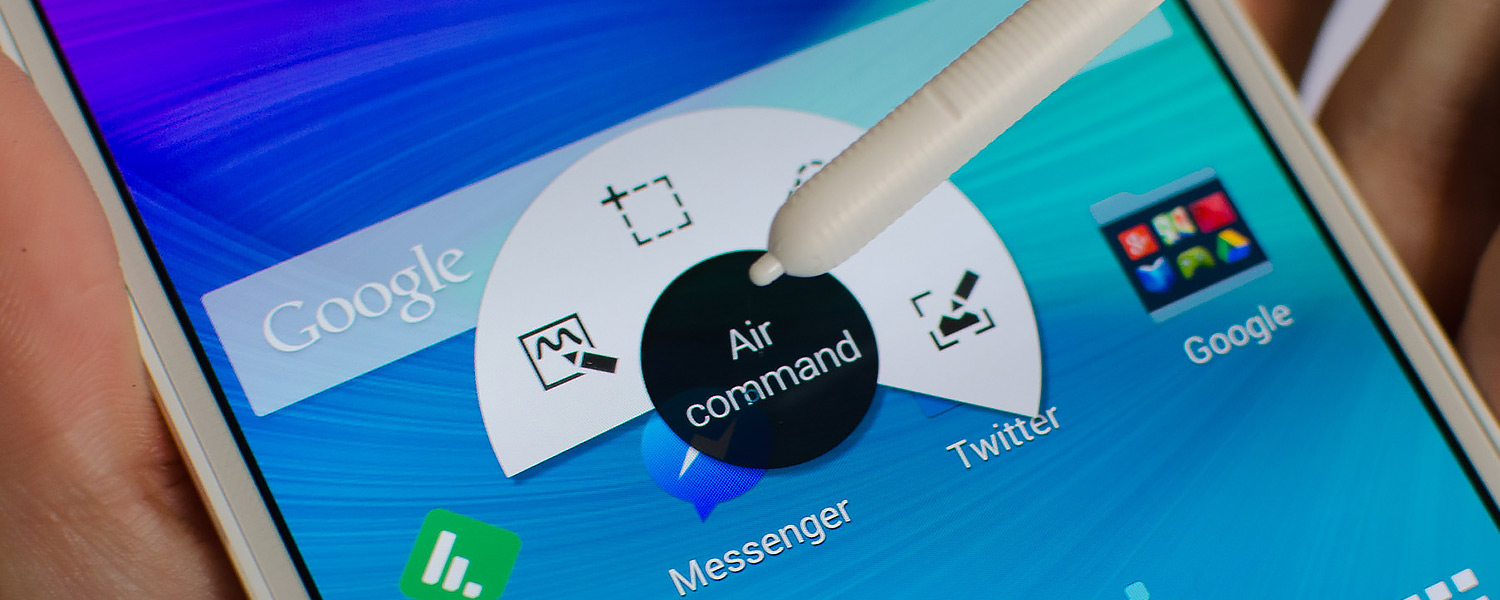Camera Features and Video Quality
The Galaxy Note 4 comes with a strong set of camera features like previous Samsung handsets, though this time around they've made it easier for end users to grasp. The camera interface has had a lot of its clutter removed in favour of a few basic buttons, and very little focus and shutter lag allows you to capture images very quickly.
The only setting that Samsung hasn't hidden is HDR mode, which once again is fantastic on the Galaxy Note 4. In scenarios with lots of shadows or high contrast, enabling HDR mode really brings out the detail in these areas. Samsung continues to be a leader with mobile HDR technology, and thanks to the latest hardware you also get a live HDR camera preview, allowing you to see exactly what the camera will capture.

Despite improvements to HDR over the past few years, getting to a point where it's basically real-time, it's still not suitable for all conditions which is why there's a toggle. Occasionally I found HDR photos to look a bit too washed out, dulling what would otherwise be a good image. Ideally I'd like Samsung to have an auto-HDR mode as well like many competing products, but I guess this will have to wait for a future device.
Hidden under the settings cog you can find all the usual features, including live effects, flash settings, timers, and manual controls. Video settings are also found under here, because the camera app does not separate the video and still modes. None of the settings should come as a surprise to regular smartphone camera users, especially those who are familiar with the Galaxy S5.
Under 'mode' is where most of the special camera features can be found. Some of these aren't too interesting - shot & more allows you to apply effects to burst shots, beauty face smooths out your blemishes, and dual camera takes photos with both sensors simultaneously - though others could be useful.
Selective Focus is unchanged from the Galaxy S5, simulating background blur in a semi-effective way. The mode is restrictive in its requirements, and doesn't always correctly find the edges around a subject, but when it does the results can be quite pleasing. Virtual Tour is also unchanged from the Galaxy S5, and to be honest, it's a feature I never found to be all that useful.

Rear Cam Selfie is a genuinely useful feature that solves a tricky problem with wanting a better quality selfie from the rear camera: how do you hit the capture button? The mode scans for a face, counts down for two seconds when it registers one in the frame, and boom, you have a selfie from the rear camera without having to hit the capture button.
The front-facing camera also gets a new photo mode: Wide Selfie. Basically this is a panorama mode for your selfies, allowing you to tilt the Note 4 to get more people into the frame. It works surprisingly well and could come in handy if you want that perfect group selfie that has everyone in it. It should also be mentioned that in regular selfie mode, tapping the heart rate monitor will take photo, though I never found that to be overly useful.
As for video, the main shooting mode the Note 4 supports is 4K Ultra HD at 30 frames per second with a bit rate of 48 Mbps (High profile H.264), meaning one minute of footage will occupy a whopping 360 MB of space. Audio is recorded in stereo with a bitrate of 244 kbps, which is above what we usually see for smartphone video recording.
Most 4K recording from smartphones is excellent, and the Note 4 is no exception. Downscaled to 1080p (unfortunately I don't have a 4K display to test with just yet), the footage looks crisp and highly detailed; it's as good quality as 30 still images from the camera displaying on my monitor every second. It also looks excellent on the Note 4's Quad HD display, definitely a notch above the 1080p shooting mode.
Other modes the Note 4 supports include smooth motion (1080p at 60 FPS), fast motion (basically a time lapse), and slow motion (720p at 120 FPS). On that last shooting mode, Samsung offers a 1/8x slow motion mode, which would indicate it captures footage at 240 FPS. But don't be fooled: it simply captures 720p120 and plays it back at a stuttering 15 FPS, so I'd recommend sticking to 1/4x.
For those interested in deeper tech specs, the 1080p60 mode records at 28 Mbps, which is decent for this sort of recording and provides excellent quality smooth motion. 720p120 is 12 Mbps when played back at 30 FPS, indicating it captures at 48 Mbps, which is likely a hardware limit.

